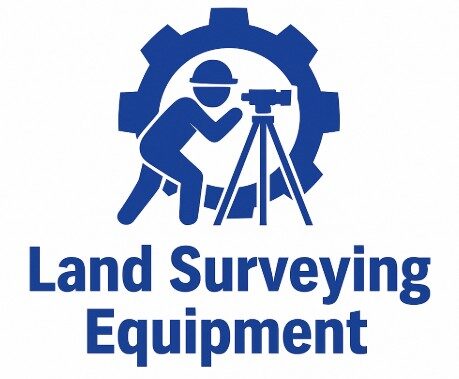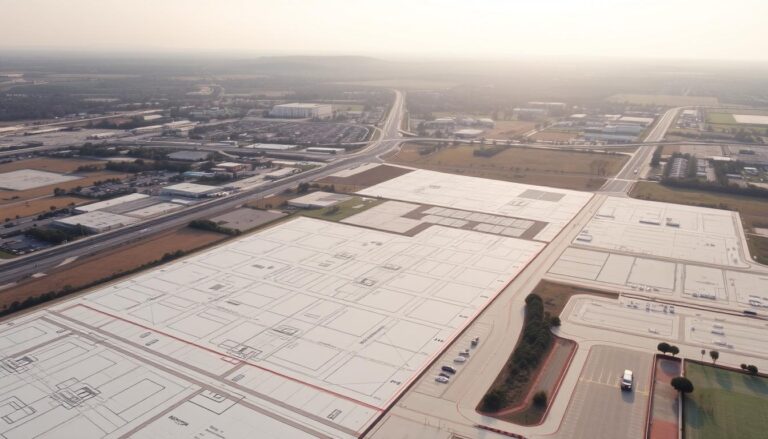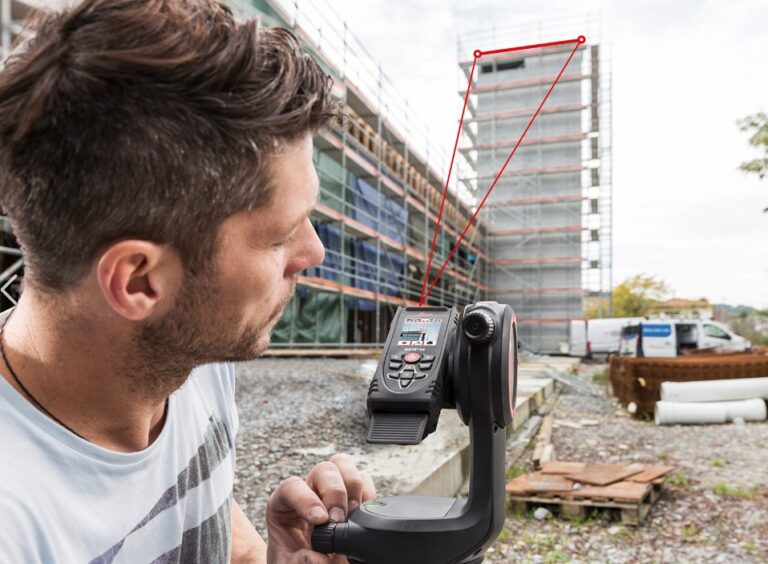How to Use a Distance Measuring Wheel – Tips & Techniques
A distance measuring wheel is a classic tool still used today. It’s simple yet effective for measuring distances. It comes in various sizes, making it useful for many activities, from construction to outdoor fun.
To use your measuring wheel well, you need to know how to reset it and pick the right size for different places. Whether you’re a pro or just for fun, learning to use this tool well can make your work or play more accurate and efficient.
Key Takeaways
- Understand the different sizes of distance measuring wheels and their applications.
- Learn how to properly reset your measuring wheel for accurate measurements.
- Discover the importance of choosing the right wheel size for various terrains.
- Explore the versatility of distance measuring wheels in different fields.
- Get tips on maintaining your measuring wheel for longevity.
Understanding Distance Measuring Wheels
The distance measuring wheel, also known as a survey wheel or click wheel, is a key tool for measuring distances. It has a wheel attached to a long handle with a grip. This makes it a simple yet effective device for many uses.
What is a Distance Measuring Wheel?
A distance measuring wheel measures distances by rolling the wheel on the ground. It’s connected to a counter or display that shows the distance traveled. Measuring wheels are very simple tools that need little maintenance and are easy to use. They work well in different terrains and conditions.
Benefits of Using a Measuring Wheel
Using a measuring wheel has many benefits, like accuracy and efficiency in measuring distances. They are great in construction, landscaping, and real estate where exact measurements are key. By following best practices for distance measuring wheel usage, users can get accurate measurements and make the tool last longer.
Some main benefits of using a measuring wheel include how easy it is to use, its durability, and its ability to measure in various environments. Whether you’re a pro or a DIY fan, knowing how to use a distance measuring wheel right is key for getting accurate results.
Types of Distance Measuring Wheels
The world of distance measuring wheels is full of variety. Whether you work in construction or just want to measure your home, there’s a wheel for you.
Mechanical vs. Digital Measuring Wheels
There are two main types: mechanical and digital. Mechanical measuring wheels are simple and last long. They show distance with a counter. Digital measuring wheels have more features like unit conversion and data storage. They might even connect to other devices via Bluetooth.
Choosing between mechanical and digital depends on your project’s complexity and your budget. A distance measuring wheel demo video can help you see the benefits of digital wheels. These videos show how to use and calibrate the wheel.
Professional vs. Consumer-Grade Options
Wheels also vary by grade. Professional-grade wheels are for heavy use and are very accurate. They’re best for experts in fields like surveying and construction. Consumer-grade options are more affordable and good for smaller tasks.
Looking at a distance measuring wheel user guide can help you use your wheel right. Knowing how to use it ensures accurate measurements.
Choosing the Right Wheel Size for Your Terrain
The right wheel size is key for a distance measuring wheel’s success. Different sizes are made for various terrains. Larger wheels are best for outdoor use, while smaller ones are for indoors.
Large Wheels for Rough Terrain
Large wheels are great for uneven outdoor areas. Their bigger size helps them glide over bumps, giving you accurate readings. They’re perfect for tasks like surveying land or measuring outdoor paths.
Small Wheels for Smooth Surfaces
For smooth areas like indoor floors, small wheels are the best choice. They’re easy to move around and fit in small spaces. This makes them ideal for precise measurements over short distances.
Medium-Sized Wheels for Versatility
Medium wheels offer a middle ground. They work well on slightly rough terrain and are still easy to use in tight spots. They’re a versatile option for many users.
Choosing the right wheel size boosts your measuring accuracy and efficiency. This improves your measuring wheel usage experience greatly.
Preparing Your Distance Measuring Wheel
Getting your distance measuring wheel ready is key to getting precise measurements. This tool, also known as a survey wheel or click wheel, helps measure distances. To make sure it works right, you need to get it ready before you start.
Checking for Proper Assembly
First, check if your distance measuring wheel is put together right. Make sure all parts are tight and there’s nothing loose. Also, clean the wheel surface well to remove dirt or debris. “A clean and well-maintained wheel is crucial for accurate distance measurements,” experts say.
Calibrating Your Measuring Wheel
Calibration is also very important. To calibrate, measure a known distance, like a 100-foot track, and compare it to what your wheel shows. If there’s a difference, adjust it as the maker says. Regular calibration keeps your measurements accurate.
By doing these steps, you make sure your distance measuring wheel is ready to go. This way, you get dependable distance measurements.
How to Use a Distance Measuring Wheel Correctly
To get the most out of your distance measuring wheel, it’s key to know how to use it right. You need to stand right, walk correctly, and understand the display. This will help you get precise measurements.
Proper Stance and Grip
When using a distance measuring wheel, it’s important to stand and grip correctly. Stand with your feet shoulder-width apart. Hold the handle at a height that lets you walk naturally without straining.
Make sure your grip is firm but not too tight. This helps you walk steadily.
Walking Technique for Accurate Measurements
A consistent walking technique is key for accurate measurements. Place the tool where you want to start measuring. Walk steadily without stopping or changing direction.
Keep the wheel in touch with the ground. This ensures your measurements are precise.
Reading the Measurement Display
It’s crucial to understand how to read the measurement display on your distance measuring wheel. The display can vary, depending on whether it’s mechanical or digital. For mechanical wheels, make sure you’re reading the right scale and resetting the counter to zero.
For digital wheels, check that the battery is charged and you’re using the right unit of measurement.
By following these best practices for distance measuring wheel usage, you can ensure accurate measurements. Whether for work or a project, mastering these techniques will improve your results.
Resetting Your Measuring Wheel
To keep your measurements precise, it’s key to know when and how to reset your measuring wheel. Resetting your wheel is simple but vital for keeping your measurements accurate over time.
With time, your measuring wheel’s internal counter can get off track. This might happen due to rough handling or long use. Resetting your wheel regularly keeps it accurate and reliable.
When to Reset Your Wheel
Reset your measuring wheel before starting a new project or after it’s been stored for a while. Also, if you spot any measurement errors, it’s time to reset. Regular resets help avoid mistakes and keep your measurements consistent.
Step-by-Step Reset Process for Different Models
Resetting a measuring wheel varies by model. For mechanical wheels, you might need to turn it back to zero or press a reset button. Digital models often have a reset button to clear the current reading. Check your user manual for exact steps for your model.
For instance, some digital wheels need you to hold the reset button for a few seconds until the display clears. Mechanical wheels might require you to manually turn the dial back to zero. Knowing how to reset your wheel is essential for accurate readings.
By following the manufacturer’s reset instructions, your measuring wheel will keep giving accurate readings. Regular maintenance, including resets, is crucial for your wheel’s longevity and reliable results.
Measuring Techniques for Different Terrains
Measuring distances can be tricky, especially when the terrain is uneven. The flatter the surface, the more accurate your measurements will be. But, in real life, we often face different terrains. We need to be flexible and use the right methods to get accurate results.
Measuring on Flat Surfaces
Measuring on flat surfaces is easy with a distance measuring wheel. On smooth areas like roads or indoor floors, the wheel moves smoothly. To get accurate readings, move at a steady pace and keep the wheel touching the ground.
Navigating Rough or Uneven Ground
Measuring on rough ground is harder. To handle such areas well:
- Choose a sturdy, larger diameter wheel for better stability.
- Move slowly to keep the wheel in touch with the ground.
- Avoid sudden stops or jerks to keep your measurements accurate.
Using these tips, you can get reliable measurements on tough terrains.
Measuring Around Obstacles
Measuring around obstacles needs patience and skill. When you face obstacles like trees or buildings, try these:
- Divide the measurement into parts around the obstacle.
- Use a flexible measuring wheel to go around the obstacle.
- Add up each part’s measurement for the total distance.
These strategies help you measure accurately, even in complex places.
Practical Applications and Project Examples
Distance measuring wheels are key tools in many fields. They are used everywhere, from construction sites to sports fields. Their ability to measure accurately makes them essential for various projects.
Construction and Landscaping Applications
In construction and landscaping, these tools help measure large areas fast. They are great for setting property boundaries and measuring distances. Mark Smith, a landscape architect, says, “A distance measuring wheel is crucial for planning big projects like gardens and walkways.”
Real Estate and Property Measurement
Real estate pros and surveyors use them to measure property sizes. This is key for property values, boundary disputes, and development plans.
A “surveyor’s report” shows using these tools can cut down errors by up to 50%.
This makes them vital in real estate.
Sports Field and Recreation Area Marking
They also mark out sports fields and recreation areas. They ensure fields meet standards for sports like soccer and football. John Doe, a sports field manager, says, “A distance measuring wheel helps us mark fields right, improving the game and following rules.”
Troubleshooting Common Issues
To get the most out of your distance measuring wheel, knowing common problems and fixes is key. These tools are built to last but can still face issues that affect their use.
Wheel Not Turning Smoothly
If your wheel isn’t moving smoothly, look for debris or blockages. Keeping it clean and lubricated can help. Make sure it’s put together right and all parts are tight.
Inaccurate Measurements
Measurements that are off can be due to wrong calibration or worn-out parts. Always calibrate your measuring wheel as the maker suggests. If it’s damaged, it might be time to get a new one for accurate readings.
Display or Counter Problems
For digital models, display or counter issues might be battery or electronic problems. Check the batteries and swap them out if needed. If the problem stays, look in the user manual or reach out to the maker for help.
- Regular maintenance is key to preventing issues.
- Always follow the manufacturer’s instructions for calibration and troubleshooting.
- Keep your measuring wheel clean and well-maintained.
Conclusion
To use a distance measuring wheel well, you need to know its features and pick the right size. Also, learn how to measure correctly. This guide has given you tips and techniques for accurate measurements.
A distance measuring wheel is key for construction, landscaping, or sports field marking. If you need a refresher, check out this user guide. With practice, you’ll get good at using it for precise measurements.
Learning to use a distance measuring wheel opens up many project possibilities. Get to know your measuring wheel and start measuring accurately and precisely.






